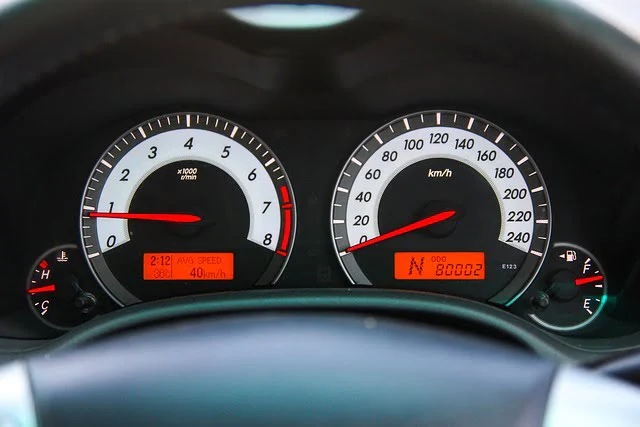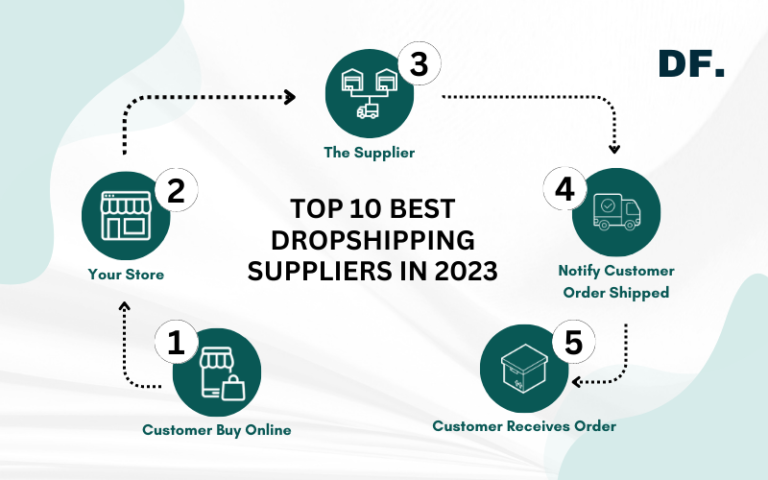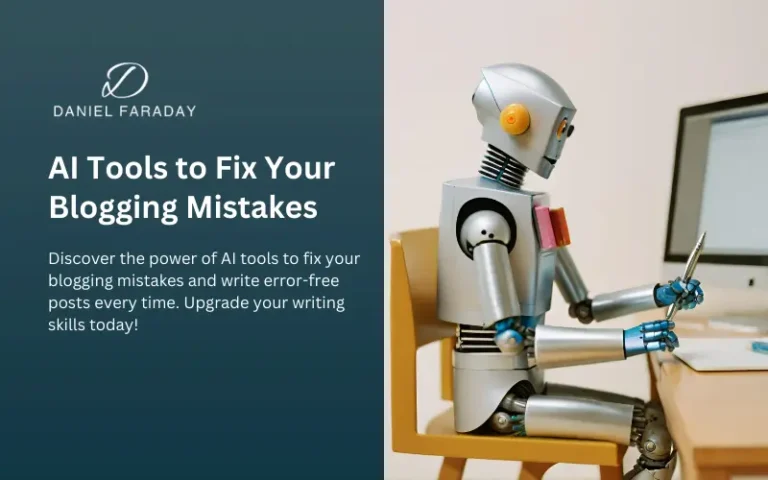How to start car flipping business in 2023

So you want to get into the business of buying and selling used cars for a profit, eh? Car flipping can be a lucrative venture if you know what you’re doing. The used car market is hot right now, with prices at an all-time high. People are holding onto their cars longer, so the supply of good used vehicles is lower. At the same time, demand remains high from buyers looking for more affordable options. This combination of low supply and high demand means opportunities abound for savvy car flippers. In this article, you’ll learn the basics of how to get started with your own car-flipping business in 2023. From finding the right used cars to buy to determining a selling price to make a decent profit, we’ll walk you through the essential steps to getting your new side hustle up and running. By the end of this, you’ll be well on your way to becoming the next big thing in the used car market. So put on your entrepreneur hat and let’s get down to business!
Understanding Car Flipping and Its Benefits
Flipping cars for profit may seem easy, but it takes work. The key is finding undervalued vehicles and knowing how to fix them up efficiently.
Once you spot a promising car at an auction or in the classifieds, determine the maximum price you’re willing to pay while still making a good profit. Check vehicle history reports to uncover any past accidents or other problems. Before making a purchase, it’s advisable to have a reputable mechanic conduct a comprehensive inspection of the vehicle.
If the inspection checks out and you get a good deal, it’s time to make any necessary repairs or cosmetic improvements to increase the resale value. Focus on things like detailing the interior, buffing out scratches or dents, replacing worn parts, and ensuring everything is in safe working order. Keep records of parts and labor in case buyers have questions
Now you’re ready to advertise your newly-flipped ride. Create an informative listing for sites like Autotrader, eBay, and Craigslist. Include high-quality photos, mention any recent service, and price the car competitively based on its make, model, year, mileage, and condition. Be prepared to engage in negotiations in order to locate the ideal buyer.
Once sold, take your profits and start the process over again. With experience, you’ll get better at finding deals, improving vehicles, and maximizing your return. The key is staying within budget, keeping costs low, and flipping cars quickly before too much time passes. If done right, you can turn this side hustle into a full-time business!
Finding the Right Car to Flip
Finding the right car to flip is key. You want something desirable but undervalued. Check places like Craigslist, Facebook Marketplace, and local auctions. Private sellers often don’t realize a car’s potential, so you can scoop up a good deal.
Look for vehicles under $10,000, preferably under 100,000 miles. Hondas, Toyotas, and Fords are reliable and hold value. Sports cars, luxury brands, and 4x4s also attract buyers.
Do your homework and check vehicle history reports. See the car in person to spot any issues. Have a trusted mechanic evaluate it. Negotiate the best price you can – offer 25-30% below asking to start.
Once you have a potential flip, determine your max price to allow a good profit margin. Factor in costs of repairs, cleaning, photos, and promotion. Aim for $3,000-$5,000 profit per sale.
List the vehicle on sites like Autotrader, eBay, and Craigslist. Get pro photos, or use a service like Spyne. Highlight key features and upgrades in your ads. Be available for test drives and to answer questions.
You never know when the right offer will come in, so be patient. But if it’s been over 2-3 weeks with little interest, you may need to lower your asking price. The key is turning over inventory quickly so you can move on to your next flip!
With some savvy searching, smart buying, and effective marketing, you’ll be well on your way to building a successful car-flipping business. Put in the effort to consistently find undervalued vehicles, and the profits will follow.
Inspecting and Purchasing the Car
Once you’ve found a promising vehicle to flip, it’s time to thoroughly check it out. There are a few factors to inspect to determine if it’s worth your investment.
Condition

Carefully examine the car’s exterior and interior condition. Look for any dents, dings, scratches, or rust that will require repair. Check that the tires, windshield, lights, and other components are in working order. Make sure the interior is clean and free of major stains or damage. Minor fixes are okay, but avoid vehicles needing major body work or with salvage titles.
Mileage

Lower mileage is better when flipping cars. Aim for under 100,000 miles for the best resale value. While higher mileage doesn’t necessarily mean poor condition, many buyers prefer vehicles that haven’t racked up too many miles. If mileage is on the higher end, you’ll need to lower your offer price.
Service records

Ask if the seller has records of timely oil changes and other routine maintenance. Well-maintained vehicles with verifiable service records appeal to buyers and can command higher prices. A lack of records could indicate a lack of care, so you may need to lower your bid.
Test drive

Take the car for a spin to ensure it runs and handles properly before purchasing. Listen for any strange noises from the engine or transmission, and make sure components like power locks/windows, air conditioning, brakes, etc. are functioning as expected. A test drive can alert you to issues not obvious from a visual inspection.
Following these tips will help ensure you get the best deal on a car with solid flipping potential. Do your due diligence, set a maximum price limit based on your research, and don’t get caught up in the excitement of an auction. With some work, you’ll be well on your way to flipping your first car for a nice profit!
Repairing and Detailing the Car
Once you’ve purchased the vehicle, it’s time to get it ready for resale. Any issues need to be repaired so you can get the best price. However, be realistic about what you can handle yourself. Don’t take on complicated repairs if you’re not experienced – it will cost you time and money. Consider outsourcing bigger jobs to a trusted mechanic.
After repairs are done, get the car professionally detailed. A clean, shiny interior and exterior will impress buyers and allow you to ask for a higher price. Think about it – if you saw two identical cars but one looked pristine while the other seemed dingy, which would you rather buy?
When getting estimates for repairs and detailing, shop around at a few places. Compare reviews and prices to find a reputable shop that won’t break the bank. Once the work is complete, you’ll have a vehicle ready to list for profit.
With the car fixed up and looking its best, you can now focus on selling. Choose between selling to private buyers, at auctions, or on vehicle listing websites like Autotrader, eBay, and Craigslist. Write an engaging listing that highlights any recent service records or repairs to build buyer confidence. Include professional photos that show off the car’s condition.
Price the vehicle competitively based on the current market and similar models. Be willing to negotiate to make a deal, but don’t go below your bottom line. Once you’ve found a serious buyer, be upfront about the vehicle’s history and condition. If everything checks out, you’ll have a sale and can move on to your next flip!
Selling the Car for Profit
Once you’ve repaired and detailed the vehicle, it’s time to list it for sale and start spreading the word. The key to selling quickly is choosing the right platform and creating an appealing listing.
Online car auction sites like Copart and IAAI allow you to list your vehicle for sale to the highest bidder. While the selling price may be lower, these sites attract buyers actively looking for cars to flip. List your car here if you want it sold fast.
For a higher selling price, try listing on mainstream car sites like Autotrader, eBay Motors, or Craigslist. On these sites, focus your listing on private buyers and individual collectors. Provide high-quality photos, mention any recent repairs or reconditioning, and be upfront about the vehicle’s history and current condition.
To maximize views, post your listing on multiple sites. Also spread the word on social media using Facebook Marketplace, Nextdoor, and Instagram. The more eyeballs that see your listing, the faster it will sell.
Once you start receiving offers, don’t feel pressured to accept the first one. Counteroffer or wait for a better deal if needed. However, also don’t get too greedy. As time passes, the vehicle depreciates in value and costs you money. Find the right balance between a quick sale and the best possible profit.
With some patience and persistence, you’ll find a buyer and complete the sale. Congratulations, you’ve officially flipped your first car! Take your profits and start hunting for the next great deal. The more you do this, the faster and more profitable you’ll get at buying and selling used cars.
Pros and Cons
When it comes to starting a car-flipping business, you need to weigh the pros and cons.
Pros
- Quick cash: When done right, you can make $500-$2000 profit per flip. The money you make depends on the demand, how rare the car is, and the price.
- Learn mechanical skills: Fixing up cars gives you insight into repairs and maintenance. You’ll understand the costs for mechanical, body, and electrical work. This experience will help you make more money on future flips.
- Become the captain of your own ship: Running your own business puts you in control. Flipping cars requires work, but you can do it yourself and keep all the profits.
- Job satisfaction: Successfully flipping a car can be rewarding. After a few good flips, you’ll get better at finding profitable cars to buy and sell.
Cons
- Hidden costs: The car you buy could need expensive, unforeseen repairs that cut into your budget. These hidden issues like mechanical or electrical problems can cost time and money.
- Taking on too much: It’s easy to overestimate what you can handle. Complicated flips can be difficult to deal with. Delays and budget overruns can result from biting off more than you can chew. Outsource work when needed.
- Waiting to sell: Once you’ve fixed up the car, you have to list it for sale and wait for a buyer. This can take time. Like used car lots, you acquire cars, recondition them, list them, and wait for interested customers.
While flipping cars seems exciting, go in with realistic expectations. Deliberate on the advantages and disadvantages with great care prior to commencing. When done responsibly, car flipping can be a rewarding business. But there are pitfalls to be aware of, like any entrepreneurial venture.
FAQ
Have some questions about getting into the car flipping business? Here are some of the most frequently asked ones.
What cars should I buy to flip?
Focus on reliable, popular models that hold their value well. Hondas, Toyotas, Subarus, and Fords are always a good bet. Avoid European luxury brands which depreciate quickly and have expensive repair costs.
How much should I pay for a flip car?
A good rule of thumb is to not pay more than 70-80% of the vehicle’s trade-in value according to Kelley Blue Book. This gives you enough margin to make a profit after reconditioning and selling costs.
Where should I buy flip cars?
Check local classifieds, Facebook Marketplace, and Craigslist for private seller deals. Attend live or online car auctions to find wholesale-priced vehicles. Broaden your search to discover the most advantageous bargains.
How do I determine my selling price?
Check vehicle valuation guides like KBB and NADA to determine the flip car’s private party value in excellent condition. Price it competitively based on comparable listings in your local market. Leave room for negotiation.
How long does the flipping process take?
On average, expect the entire process from buying to selling a vehicle to take 4 to 8 weeks. Much depends on how much reconditioning is needed and current market conditions. With experience, you can streamline the process.
Is a dealer’s license required?
In most states, you do not need a dealer’s license if you sell fewer than 5-6 vehicles per year. However, check with your local DMV for the requirements in your state. A dealer’s license provides additional benefits but also more regulation and overhead costs.
Flipping cars can be very rewarding work if you go in with realistic expectations. Do your homework, find good deals, focus on high-demand models, and price competitively. With some experience under your belt, you’ll be flipping rides like a pro!
Conclusion
Congratulations, you now have the basics to get started with car flipping. Now, the only remaining step is to put your plans into motion. Start small by purchasing one or two vehicles to flip. Learn the process, make some mistakes, and build up your experience. Once you get the hang of it, scale up to flipping more cars at a time. Before you know it, you’ll have a thriving side business that can generate serious money. If you’re ready to invest the effort, the possibilities are limitless. Stop waiting for the perfect time – just dive in and get started. A year from now you’ll be happy you took the plunge into this exciting new venture. To prove the naysayers wrong and build the car flipping business you’ve always wanted. The road ahead won’t always be easy, but the rewards will make it well worth it. Now get out there and start flipping!






